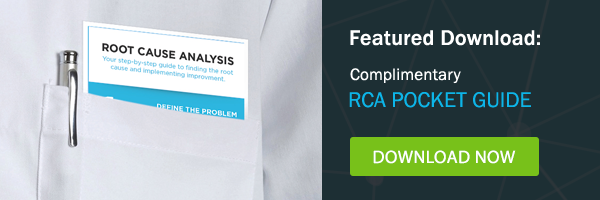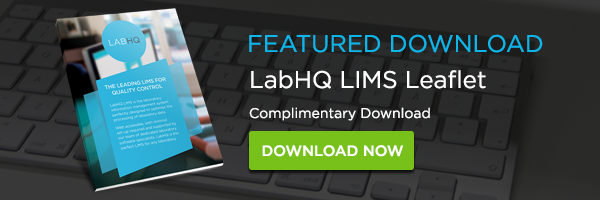
Delivering on customer expectations is a shared and common goal for laboratories. Whether they are internal or external to your organisation, delighting customers is the ultimate reward for your work. Even when you have documented, implemented and trained procedures, you can still encounter customer complaints. We understand that dealing with unhappy customers can be tricky and demanding, so we have highlighted key areas where LIMS can help you reduce severity and prevent customer complaints.
Sample progress
One of the most common reasons why customers complain to their laboratory is turnaround time. Although we haven’t mastered the art of buying time, we can unveil the mystery to our customers by giving them a real-time view of sample progress. Most LIMS will have this functionality as a standard feature. If you’re in the market looking for a LIMS, the best application of this functionality is via a permission-based web portal. This will allow you to provide read-only access to real-time data and sample progress. If you’re concerned about revealing too much information, look for a system that allows you to segregate and control what data your customers can see.
When customers have access to sample progress, they will be inclined to make less phone calls or enquiries to the lab. Therefore, you can benefit from less interruptions and spend more time focusing on sample analysis. In addition, your LIMS should capture data to help you analyse and improve your turnaround times. By understanding where samples spend most time in the workflow, you can appropriately address your processes and identify the root cause of missed turnaround times.
Notifications
Managing customer expectations is most effectively done through frequent and clear communication. When customers complain, it’s usually because of unmet expectations, and the best way to keep communication flowing is through notifications. Sending notifications through your LIMS is a handy feature to have in maintaining customer care. When you’re looking to implement this functionality, keep in mind the flexibility of configuration. You don’t want to bombard your customers with millions of notifications! Make sure to select the key stages for communication and configure your customer notifications responsibly.
Reporting
What your customers are ultimately after is their test results, and you typically deliver results in beautiful, professional-looking reports. More importantly, you will want to provide your customers with meaningful data, and you go a step further and trend results. If you don’t have a LIMS, how long does it take you to create that report or trend chart?
Customers complain when they have to wait, so imagine if you did have a LIMS, and generating the report took two seconds or less. The best aspects of reporting through LIMS is speed and reliability of data. When your sample information and test results are securely stored, you have the assurance that data presented on reports is accurate. Therefore, you have the confidence to deliver reports to your customers in a timely manner. When you’re evaluating a LIMS to purchase, a cool feature to have is customisable reports. This allows you to tailor the display of data, and delight customers with engaging reports made especially for them.
Consistency
Adhering to the same standards certainly helps to achieve customer satisfaction. Maintaining consistency through delivery is difficult to manage when you have a team of analysts collaborating on sample analysis. There are many ways LIMS can control consistency, and one feature we have previously mentioned that can provide this is reporting. Another feature is static data management. As a standard feature in LIMS, most users will know that static data drives consistency, but what about dynamic data? How can you ensure all analysts record results in the same manner? One analyst may enter “complies” and the next analyst enters “Complies”. This brings us to our favourite feature in LIMS – Lists. Applying lists at results entry helps drive consistency in recording and reporting of data. In return, your customers will be pleased with uniformity of their data.
The next time you encounter a customer complaint, consider using LIMS to help improve your levels of service. If you already have a LIMS, explore its functionality further and assess if the configuration is optimised to set you up for success.







